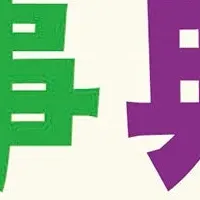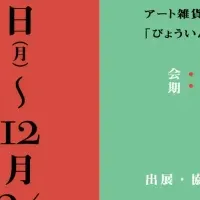
Celebrating the Brilliance of Hongshan Culture at a Major Cultural Event
Celebrating the Brilliance of Hongshan Culture
On June 17, 2025, an important cultural event took place in Chaoyang, Liaoning Province, where the brilliance of Hongshan culture was celebrated. This event, known as the International Communication Conference on Hongshan Culture and 'Vision China', emphasized the vital role of cultural heritage in connecting people and enhancing mutual understanding among civilizations.
The significance of cultural heritage was underscored by various speakers, including Wang Xinwei, the governor of Liaoning, who articulated strategies for the preservation and development of Hongshan culture. This culture, a vital Neolithic legacy, dates back approximately 6,500 to 5,000 years and covers regions in modern-day Liaoning and Hebei provinces, as well as Inner Mongolia. Wang stressed the importance of deepening research on Hongshan to increase international knowledge of this rich cultural legacy, aiming for the nomination of the Niuheliang site as a UNESCO World Heritage site.
In alignment with the theme 'Tracing the Origins of Chinese Civilization: Focus on Hongshan Culture', the conference brought together experts from archaeology, cultural relic preservation, and civilization research. Highlights from the conference included powerful statements about the contributions of Hongshan to the tapestry of Chinese culture. Qu Yingpu, editor and chief of China Daily, noted, "The western Liaohe River basin, alongside the Yellow and Yangtze River basins, is one of the cradles of Chinese civilization. Among the radiant early cultures, Hongshan shines particularly bright."
Qu elaborated on the necessity of developing a recognizable system of Chinese cultural symbols to help international audiences comprehend China better. Modern technologies were advocated as tools for enlivening ancient stories, bridging gaps between past and present. This sentiment was echoed by Bao Xianhua, from the Inner Mongolia Autonomous Region's Publicity Department, who highlighted collaborative efforts between Liaoning and Inner Mongolia to unveil the multifaceted values of Hongshan culture.
National cultural heritage experts, including Qiao Yunfei, deputy director of the National Cultural Heritage Administration, pushed for continued exploration into the foundational role of Hongshan culture in Chinese civilization's evolution. Plans to open relevant museums and archaeological parks were also discussed, aiming to elevate Hongshan as a global cultural symbol.
The conference also launched the official Hongshan Culture logo, which integrates designs from Hongshan-painted pottery. This emblem symbolizes the enduring legacy of Hongshan culture and reflects its foundational role in Chinese civilization. The design embodies two intertwined 'C's, representing 'China' and 'Culture', in a spiraling structure, emphasizing the dynamic exchange of cultural influences.
Guo Dashun, honorary director of the Liaoning Provincial Cultural and Archaeological Institute, pointed out that Hongshan pottery showcases cultural connections beyond China, suggesting that around 5,000-6,000 years ago, a ceramic trade route existed which traversed from south to north and west to east, establishing the western Liaohe River basin as a cultural melting pot.
Experts like Elizabeth Childs-Johnson, an American sinologist, remarked on Hongshan's significance, noting its early use of jade as symbols of power. Jiang Bo, a professor at Shandong University, emphasized the potential for Hongshan to achieve World Heritage status due to its unique archaeological features that reflect early belief systems.
Concluding remarks highlighted Hongshan culture's importance not only in understanding Chinese history but also in appreciating human cultural and social development. The confluence of academic discourse and cultural celebration at this conference laid the groundwork for future initiatives aimed at fostering global recognition and appreciation of Hongshan's significant impact on civilization.
In sum, the event succeeded in solidifying Hongshan culture's role as an essential part of both Chinese heritage and the broader narrative of human civilization, inviting collaboration and awareness that bridges cultures and generations.
Topics People & Culture)










【About Using Articles】
You can freely use the title and article content by linking to the page where the article is posted.
※ Images cannot be used.
【About Links】
Links are free to use.